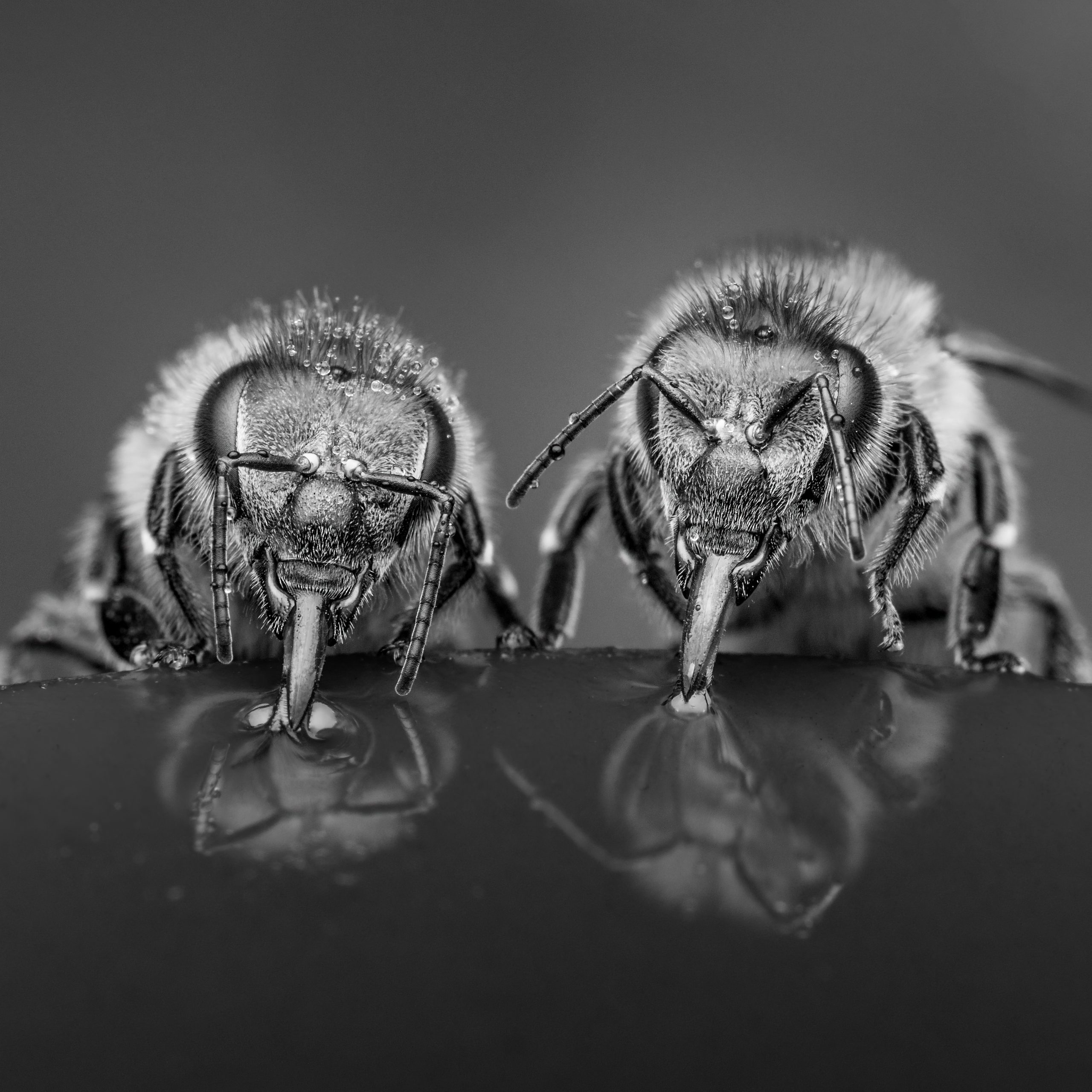Treating honey bees with an extremely low frequency electromagnetic field and pesticides: Impact on the rate of disappearance of azoxystrobin and λ-cyhalothrin and the structure of some functional groups of the probabilistic molecules
In a study, laboratory tests were conducted to examine the effects of a 50 Hz electromagnetic field (EMF) on the breakdown of two substances, azoxystrobin and λ-cyhalothrin, in honey bees (Apis mellifera). These substances are found in two different plant protection products, Amistar 250 SC and Karate Zeon 050 CS, which are used on crops that bees pollinate. Chromatographic methods were used to measure the rate at which these substances broke down. The results showed that the presence of EMF affected the breakdown rate of azoxystrobin and λ-cyhalothrin in bees within 6 hours of exposure. When these substances were tested individually, their breakdown rate decreased from 12.6% to 10.5% per hour for azoxystrobin and from 9.2% to 4.8% per hour for λ-cyhalothrin in the presence of EMF. However, when the substances were tested together, their breakdown rate increased from 14.1% to 14.7% per hour for azoxystrobin and from 9.3% to 11.5% per hour for λ-cyhalothrin.
In recent times, there has been an increase in human-made sources of electromagnetic radiation. These sources include machines, devices, mobile phone base stations, transformer stations, and power lines of different voltages (high, medium, and low). In rural areas, overhead power lines are commonly used for electrification, and these lines can directly impact nearby pollinating insects such as honey bees. Honey bees are known to be sensitive to electromagnetic fields (EMF) (Kirschvink et al., 1992). Exposure to EMF of extremely low frequency can be harmful to honey bees, affecting their sense of smell, foraging behavior, and feeding patterns. It can also hinder their learning abilities and alter their combative dynamics. These effects on the cognitive and motor skills of honey bees can result in reduced pollination and honey production (Shepherd et al., 2018). Furthermore, EMF exposure can disrupt the behavior of the entire bee colony, leading to swarming (Favre, 2011). Apart from EMF, honey bees, which are crucial for crop pollination, also face various agricultural-related challenges.
It aims to transform bee conservation and rehabilitation efforts. TTS provides a platform which facilitates a worldwide marketplace for beekeepers, enabling them to register and operate their own shop, selling honey and other beekeeping-related products direct to customer.
This whitepaper outlines the key features, architecture, tokenomics, and benefits of the TrueToSource ecosystem, ushering in a new era of bee conservation
Source:
https://www.sciencedirect.com/science/article/abs/pii/S0013935120308860

